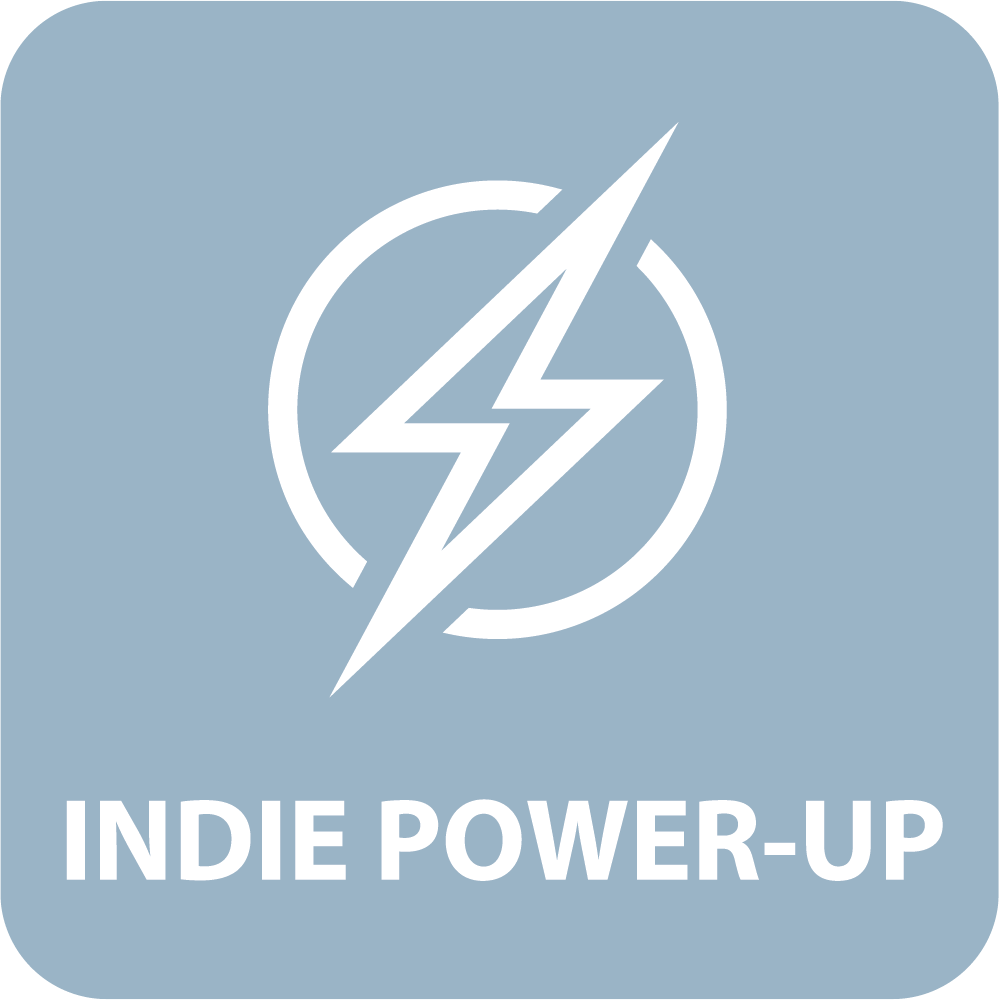Select a day
- Tuesday
- Wednesday
- Thursday
-
11:00am
Xu He ustwo games11:00am - 11:45amRoom 1Designing Together: The Power of Collaborative Game Design on Monument Valley 3
Tuesday 8th July11:00am - 11:45amRoom 1The third installment in the beloved, award-winning series, Monument Valley 3 was released in December 2024 to widespread acclaim from both the media and players. The Guardian praised its innovation, noting that 'with its more natural forms and shapes, it breaks some of the rules of Monument Valley, mixing and matching styles and ideas more freely’.
I joined the Monument Valley 3 team as a senior designer during its early pre-production stage. In this talk, I will share how fostering creativity across all disciplines (e.g., programmers, artists, producers, and QAs) contributed to Monument Valley 3’s design and what role designers play when ideas can come from everywhere.
By encouraging input from the entire team, we gained fresh perspectives that enriched the game and led to more diverse and innovative design. But this doesn’t mean designers are less important. They play a crucial role in shaping ideas into cohesive and engaging experiences.
Session Takeaway
- Create a pressure-free playground for the team to play - using a loose framework and handy tools
- While everyone contributes creatively, you’ll learn how designers play a crucial role in shaping ideas into cohesive and engaging experiences
- If you want your artists to fix the remaining issues in your design, you need to help them fully understand your design first
2:00pm
Cameron Akitt Sony Interactive Entertainment2:00pm - 2:45pmRoom 3Games Accessibility: 6 Tips from Concept to Postlaunch
Tuesday 8th July2:00pm - 2:45pmRoom 3Designing and developing games with disabled players in mind is vital if we’re to make games where Play Has No Limits. This session will outline the value and importance of making our games as accessible as possible by supporting developers at all levels with 6 practical tips to help them on their accessibility journey.
Session Takeaway
- An appreciation of the need to engage purposefully in making our games accessible for disabled gamers and understanding that accessibility barriers exist where the player feedback loop is broken
- That accessibility thought and support needs to start early so its embedded in your design and documentation to help avoid it ending up on the cutting room floor
- That developers will take the 6 tips with them back to their teams and studios to help them engage more thoroughly in making their games more accessible
3:00pm
Stark Holborn ColePowered3:00pm - 3:45pmRoom 1Murder She… Modularized? Authored Narrative in a Proc-Gen World
Tuesday 8th July3:00pm - 3:45pmRoom 1Want to make use of procedurally-generated written content without sacrificing creative intention? This session covers how, in immersive noir detective sim Shadows of Doubt, we tackled the challenge of combining authored narrative with proc-gen systems to create compelling and dynamic emergent gameplay. It explores how we took the radical decision to abandon scripted missions in favour of open world play, before offering practical insight into powerful tools and techniques – like a bespoke dialogue system and narrative modularization – used to create emergent narrative in a fully-simulated sandbox world.
Session Takeaway
- Writing for open-world and sandbox settings
- Establishing game lore without a traditional narrative structure
- Tips for combining procedural generation with scripted content
- Using modular systems to create emergent storytelling in sandbox simulations
4:00pm
Amy-Leigh Shaw Sweet Baby4:00pm - 4:45pmRoom 4Cut an NPC and Your Whole World Bleeds: The Importance of the Ephemeral in Interactive Storytelling
Tuesday 8th July4:00pm - 4:45pmRoom 4When we think of a game’s narrative, we often think of the core plot, the central driving force behind the actions of the player character, or the path we carve immediately ahead of them. In contrast, people in the business of storytelling will often repeat that “narrative is everything”. It’s true, but often not well explained… This talk seeks to demonstrate to those outside the narrative discipline exactly what is so important about the ephemera of storytelling - why the content of that NPC’s dialogue, that radio broadcast, that letter, need as much attention as any other aspect of a game’s story.
Session Takeaway
- What *is* narrative ephemera?
- What do those in the narrative discipline mean when they say “everything is narrative”?
- What kind of impact can well-executed narrative ephemera have on a game?
- What are the consequences of ignoring ephemera in narrative world building?
- How can we do narrative ephemera *better*?
5:00pm
Hal Sandbach d3t5:00pm - 5:45pmRoom 1Designing in the Co-Development World
Tuesday 8th July5:00pm - 5:45pmRoom 1With the industry shifting into more of a co-dev environment, this session goes through some of the differences this change can highlight. Designing as a co-dev partner is not the same as being part of an in-house design team. There are pitfalls and opportunities aplenty. Having worked as both an in-house and co-dev designer, Hal has the direct experience to be able to compare the two.
In this session, he focusses on some of the difficulties co-dev design can face, and strategies to allow both parties to overcome them and ultimately work better together.Session Takeaway
- Strategies for dealing with uncertain design phases, such as prototyping and preproduction
- Methods for having that difficult conversation – when you have to say “no”
- Finding the signal in the noise – effective communication
-
11:00am
Marlon Fussell Martian Lawyers Club11:00am - 11:45amRoom 3Growth in Progress: Harnessing AI to make your game feel ALIVE!
Wednesday 9th July11:00am - 11:45amRoom 3This talk will cover why forward-thinking game developers should consider AI, and what exciting new technical and design challenges this opens up for them. I will discuss this through case studies from our game, GUG, an AI roguelike creature-battler that gained popularity in its early-release demo due to its novel AI-driven creature code generation and game design. This talk is broken into 3 parts:
- Why you should use AI for your game’s development
- A case study of how it worked for GUG
- Establishing a set of design principles for implementing AI into gamesSession Takeaway
- Why you should implement AI into your game allowing players culture and creativity to flourish
- How to work with AI by setting minimal but well-placed design constraints in your game that compliment AI and don't suffocate it
- Exploring unique ways to embellish your game with AI while keeping it understandable and enjoyable to the player. Not just making dialogue more “realistic”...
12:00pm
Francesca Foffano University of York12:00pm - 12:45pmRoom 4Player Emotional Design
Wednesday 9th July12:00pm - 12:45pmRoom 4When it comes to emotion in video games, the player should feel the experience, not just be a spectator. Being able to create a game that makes you deeply mesmerized, bittersweet, or sentimental is every creator's dream, but the danger is that you end up forcing the player to feel something. Sometimes this can actually ruin the experience for the player, or worse, hurt them if the experience is too overwhelming.
This talk will present a recent study in which we asked players which games they generally recognize as emotional, and what they are looking for when they choose an emotional experience. We then use 10 games from our list of top emotional games to explore the commonalities from a design perspective that make these games so memorable.
Finally, we talk about another type of memorable experience, the one that puts players' sensibilities at risk. It may be easy to conclude that violent scenes should be discarded as suicides, phobias, or controversial moral choices. Warnings are not the answer, as they prevent the player from playing the game at all, so we will present options for making the design of emotionally charged content more manageable without sacrificing the player's experience. Dealing with a difficult emotion is not an excuse for not creating an accessible experience.Session Takeaway
- Understand what players seek when searching for emotional experiences and which games are more commonly recognized as emotionally impactful
- Understand which are the common design traits that make a game emotional and how this can inform better design
- Identify which experiences can be overwhelming for players and how to design to make them accessible without excluding certain topics (e.g. suicide/phobias)
2:00pm
Donald Barrett Insomniac Games2:00pm - 2:45pmRoom 1The Rise and Fall of The Flame in Marvel’s Spider-Man 2
Wednesday 9th July2:00pm - 2:45pmRoom 1During this session, Donald is discussing how 'The Flame' side quest arc was developed from its rough, early iterations to its epic completion. 'The Flame' was developed into a massive quest arc that involved an entirely new enemy faction, an ally npc and a boss npc that were fully supported by all departments. Donald describes the pitch process at Insomniac Games and the importance of working closely with artists and writers. He also dives into the realities of team building and supporting each team member through the highs and lows of development, and how to ultimately bring the content to completion with a high level of polish.
Session Takeaway
- Comprehensive steps and flow of production for a multi-quest story arc
- Practical methods to improve communication and team collaboration
- How to learn from mistakes and bounce back quickly
3:00pm
Henry Hoffman Newfangled Games3:00pm - 3:45pmRoom 1Paper Prototyping: Mechanic-Driven Design in Paper Trail
Wednesday 9th July3:00pm - 3:45pmRoom 1- In this talk, Henry Hoffman breaks down how game mechanics can shape everything from gameplay to story and visuals, using Paper Trail as a case study. He’ll share insights on building a game around a single core mechanic, why that leads to stronger design, and what challenges come with it. With examples from Portal, Braid, and other innovative games, this session is all about how smart mechanic-driven design can make games more engaging, unique, and memorable.
Session Takeaway
- Understanding Mechanic-Driven Design – Learn how a single core mechanic can define gameplay, storytelling, and aesthetics.
- Applying It to Your Own Games – Practical insights on identifying and refining mechanics that serve as the foundation for game design.
- Challenges & Solutions – Explore the creative constraints and opportunities that arise from mechanic-driven design and how to overcome common development hurdles.
5:00pm
Ross Plaskow RiveGordon Hayes Rive5:00pm - 5:45pmRoom 2How to Design and Build Killer Game UI
Wednesday 9th July5:00pm - 5:45pmRoom 2In most game studios, designers create the UI and then hand it off to developers to make it functional. That handoff is often messy, time-consuming, and riddled with redundant work. Developers might struggle to execute the designer’s vision due to their tool or language, or build functional UI with developer tools like HTML or XAML — not design tools.
There is a new, better way to build game UI. With Rive, you design and animate game UI in the Rive Editor, export it to the Rive format, and run your files with the Rive Runtimes in Unity, Unreal, Defold, or your custom game engine.
Rive's Ross Plaskow and Gordon Hayes will break down how to build a game menu that’s both functional and powerful, without sacrificing creativity.
Session Takeaway
- You'll learn how to create highly animated and responsive production-ready game UI.
- You'll also learn how much faster and more efficient this process is than other processes, while giving designers control and empowering the entire team to ship in days and weeks instead of months.
- You'll leave with a better understanding of the future of UI - and why hardcoded design is history.
Ella Romanos ArcanixOscar Clark Arcanix5:00pm - 5:45pmRoom 4Lightning Lessons in LiveOps Planning
Wednesday 9th July5:00pm - 5:45pmRoom 4In the next 45 minutes learn how to define and plan effective LiveOps:
15 Minutes Theory: Core Concept: We explore a game in terms of LiveOps Activities, Promotions and Community with a view on how to package a seasonal activity that can be delivered efficiently to drive an agreed KPI without burning out your team.
15 Minutes Design: Each group picks a game and agrees one form of utility from that game, they then have to devise a set of seasonal activities in order to deliver on a specific KPI.
15 Minutes Pitch: Each group pitches their concept and gets peer and expert feedback
Join this session if you want to understand an efficient framework to design effective LiveOps experiences. No prerequisite knowledge required. Recommended for anyone involved in, or interested in, making or marketing games.
Session Takeaway
- How to identify what players care about that will help build retention
- How to define simple, effective, sustainable LiveOps activity for any game
- The basics of LiveOps and how to get started planning it into your game and processes
-
11:15am
Roy Caseley University of the Arts London11:15am - 12:00pmRoom 4What Game Designers Can Learn from Cognitive Psychology
Thursday 10th July11:15am - 12:00pmRoom 4As a multi-disciplinary field, game designers often discuss the structure of games and the players’ experience using theories originating from other domains. A well-known example would be the behaviorist theory of positive reinforcement and game reward systems. This lecture introduces another directly connected but overlooked relationship between games design and cognitive psychology.
I will discuss how concepts and theories from the field of cognitive psychology can be applied to the design of games and more specifically puzzle design. The term puzzle is used in a broad context to include any type of challenge which involves an element of mental problem solving. Examples will range from stand-alone puzzles, such as Wordle to those games with puzzles embedded into them, such as Limbo.
Using existing games as examples, I will introduce psychological concepts and models that will provide a framework for game designers to analyze puzzles in terms of their design, and their impact on their players’ thought processes.
The presentation will provide a range of ideas and terminology adapted from cognitive psychology to help designers describe and define new puzzle ideas as well as providing a language by which to communicate design ideas across development teams and with other collaborators.
The presentation will be interesting for all of those involved in game design and development as well as academics working in Higher Education Art and Design as a tangible example of how theory and practice inform each other.
Session Takeaway
- New perspectives on game design and player problem solving within games.
- Understand how players frame and process information, consciously and unconsciously, during puzzle solving.
- A set of concepts and terminology to discuss the game design process and the players response.
- How theory and practice inform each other.
12:15pm
Lucy Blundell Kinmoku12:15pm - 1:00pmRoom 3How VIDEOVERSE Successfully Delivers Several Emotional Gut Punches
Thursday 10th July12:15pm - 1:00pmRoom 3How do you make players laugh, cry or even cringe when you’re working with a small budget or team?
‘VIDEOVERSE’ is a short, intimate narrative adventure game set in an early 2000s online gaming community. Made by indie developer Lucy Blundell (previously ‘One Night Stand’), it was one of 2023’s highest-rated games and praised for its emotional impact. But how did the story of VIDEOVERSE come about?This session will analyse the techniques used in VIDEOVERSE and similar emotional media – How music, sound effects, art and narration come together to effectively deliver several emotional gut punches, and the benefits these scenes can add to video games. There will also be a deeper, personal look at writing from past traumas and memories while protecting one’s mental health.
Finally, this session will leave you with tips and suggestions on how to stay in-touch with your emotions and keep your heart inspired.
Session Takeaway
- How to deliver emotional gut punches effectively, within a small budget or team
- How to use personal experiences in your game’s narrative whilst protecting your mental health in the process
- Why getting a strong emotional reaction from player can be a good tactic for success
4:00pm
Jamie Denham Sliced Bread AnimationSoheil Salehinia Sliced Bread Animation4:00pm - 4:45pmRoom 1VR Pipeline Essentials: Avoiding Pitfalls and Maximising the Immersive Experience
Thursday 10th July4:00pm - 4:45pmRoom 1Sliced Bread Animation has been developing immersive experiences for over 12 years, working on VR projects across industries such as healthcare, construction, and finance.Through this session, we will share essential lessons learned in developing VR pipelines - balancing creative storytelling with technical execution.
Attendees will gain insights into the fundamental do’s and don’ts of VR development, from narrative structure and user engagement to technical workflows, optimisation, and deployment strategies. We will break down the core components of a successful VR pipeline, including content creation, interaction design, performance considerations, and cross-platform compatibility.
This session is designed for both creative and technical professionals - whether you’re crafting immersive narratives, optimising VR performance, or navigating third-party integrations. We’ll also highlight common pitfalls, such as motion sickness triggers, inefficient workflows, and scalability challenges.
By the end of this talk, developers will walk away with practical strategies to streamline their VR development process, ensuring a seamless blend of storytelling and technical execution that enhances user experience and engagement.
Session Takeaway
- Key principles for designing immersive and engaging VR experiences that resonate with audiences
- Practical coding and optimisation techniques for scaling VR projects across multiple platforms and devices
- Best practices for maintaining narrative flow and storytelling in an interactive VR environment




















































